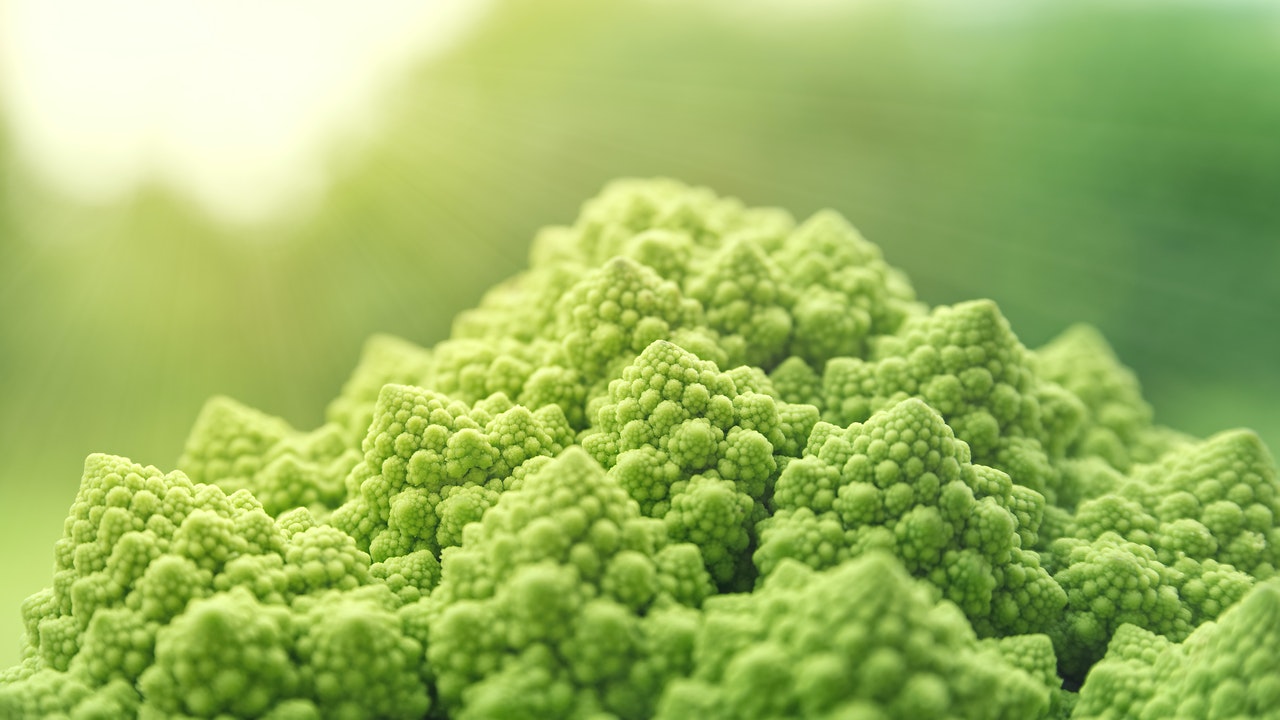The most economically significant diseases affecting cauliflower must be controlled during the growing season using all available protective measures.
The most economically significant diseases on cauliflower include: clubroot (Plasmodiophora brassicae), downy mildew (Peronospora parasitica), Pythium spp., Rhizoctonia solani, Olpidium brassicae, and Alternaria spp. Fusarium wilt (Fusarium oxysporum – conglutinans), phytophthora wilt (Phytophthora megasperma), white rust (Albugo candida), dry rot (Phoma lingam), head rot (Sclerotinia sclerotiorum), powdery mildew (Erysiphe cruciferarum), and black spot (Alternaria spp.) are also significant.
Clubroot (Plasmodiophora brassicae)
This disease manifests symptoms on the roots, causing swellings on the main and secondary roots, thereby reducing root functionality. With dysfunctional roots, plants do not receive water, lose turgor, and dry out. The optimal temperature for disease development is 18 – 23°C (the fungus can develop within a range of 9 – 30°C). Infection occurs when the soil is saturated with water more than 45% of its total water-holding capacity at the optimal temperature.
The occurrence of this disease is more frequent in acidic soils. Therefore, along with proper crop rotation (no cruciferous crops should be grown on the same land for 5 – 6 years), liming the soil is a preventive measure applied in combating clubroot. At a pH value of 7.5, the fungus cannot develop. Liming is done gradually over several years.
Downy Mildew (Peronospora parasitica)
The disease develops under conditions where nighttime temperatures are 9 – 16°C and daytime temperatures do not exceed 24°C, along with high air humidity. During seedling cultivation, fungicides based on metalaxyl or benalaxyl are used. Before planting, a contact fungicide based on copper should be applied. If crop rotation is respected, appropriate planting spacing is maintained (high air humidity develops in overly dense plantings), and healthy seedlings are transplanted, it is not necessary to treat cabbage with fungicides against this disease during the growing season.
Damping-off
Damping-off is caused by various fungi such as Pythium spp., Rhizoctonia solani, Olpidium brassicae, Alternaria brassicae, and Phoma lingam.
As the name of the disease suggests, these fungi cause the wilting of young seedlings shortly after they are planted.













































